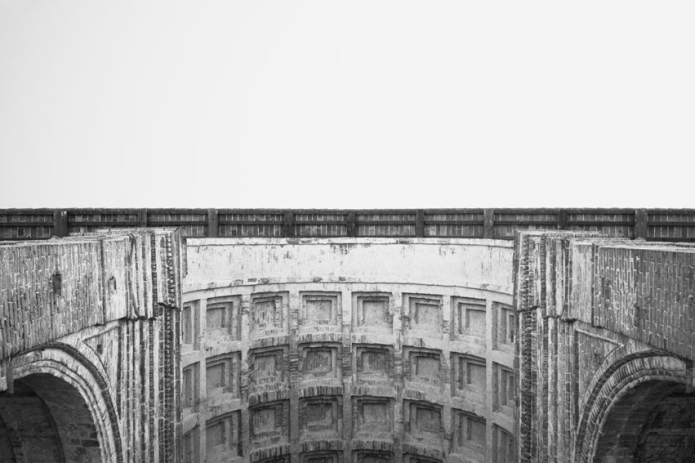Fig.
1 - Andrea Mantegna, Orazione nell’Orto,1455, tempera su
tavola, 63x80 cm.
Londra, National Gallery.
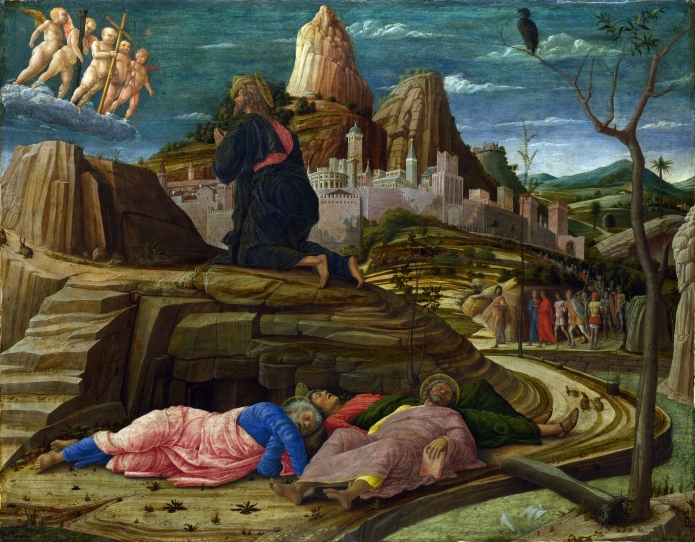
SABBIONETA
©Luca Mantovani
©Luca Mantovani
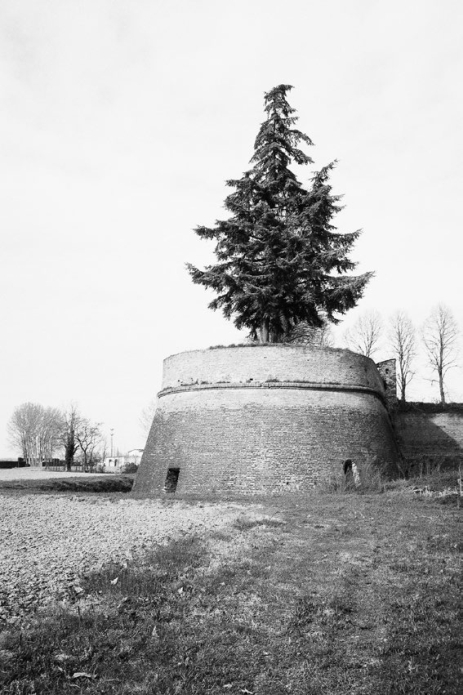
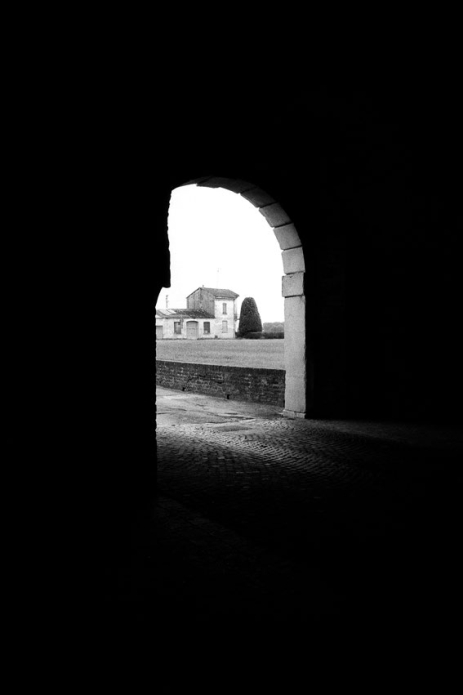
SABBIONETA
©Luca Mantovani
©Luca Mantovani
MANTOVA
©Luca Mantovani
©Luca Mantovani
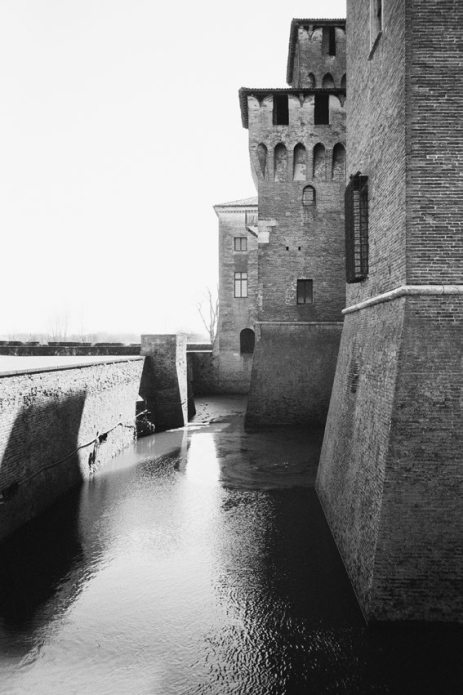
MANTOVA
©Luca Mantovani
©Luca Mantovani
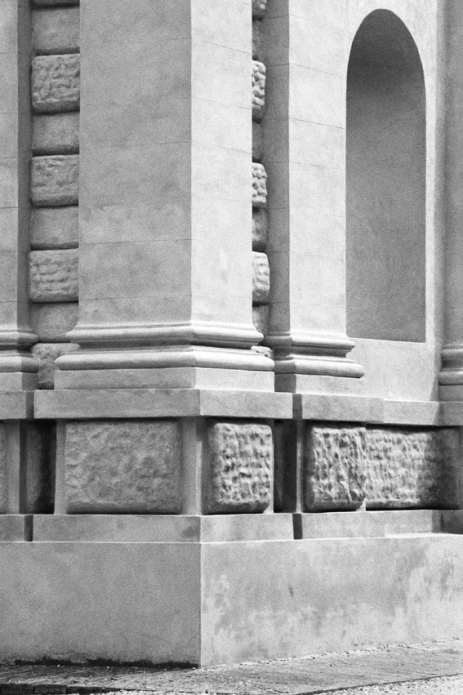
VENEZIA
©Luca Mantovani
©Luca Mantovani
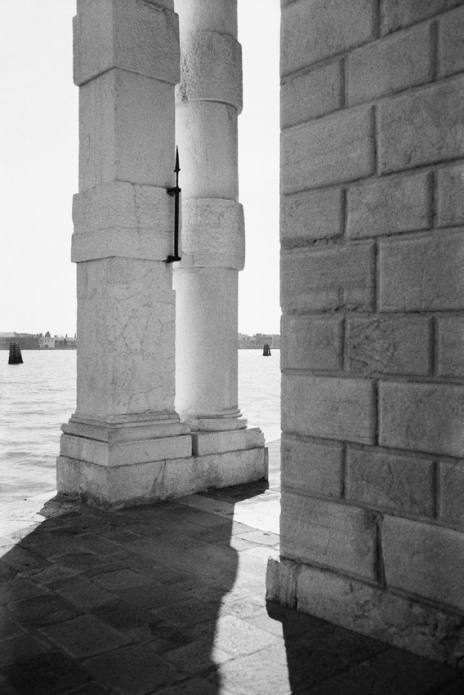
BAGNOLO
SAN VITO
©Luca Mantovani
©Luca Mantovani
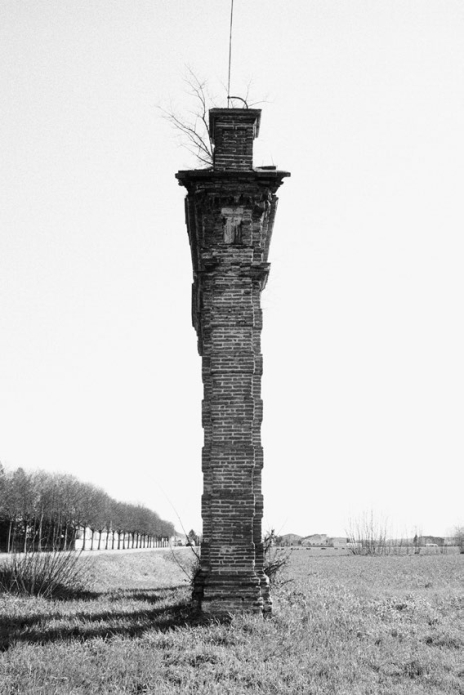
POMPONESCO
©Luca Mantovani
©Luca Mantovani
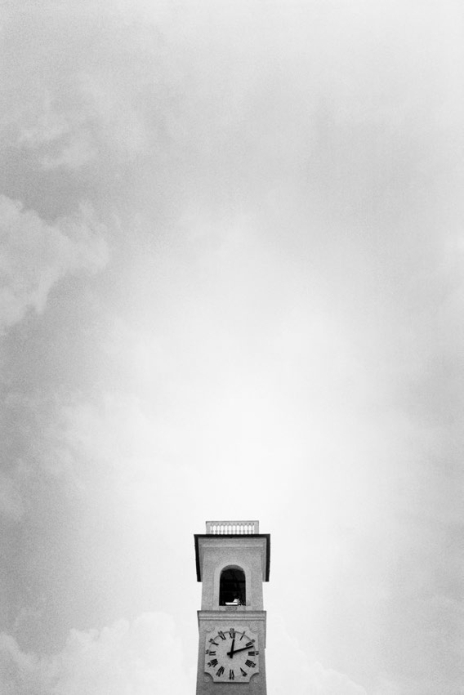
MANTOVA
©Luca Mantovani
©Luca Mantovani
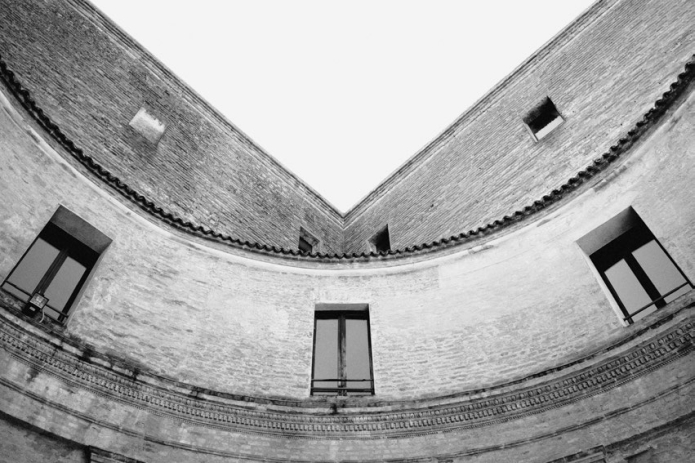
FONTANELLATO
©Luca Mantovani
©Luca Mantovani
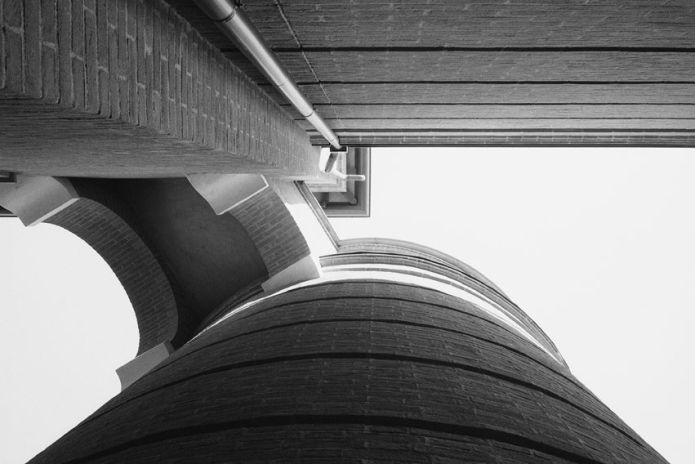
FONTANELLATO
©Luca Mantovani
©Luca Mantovani
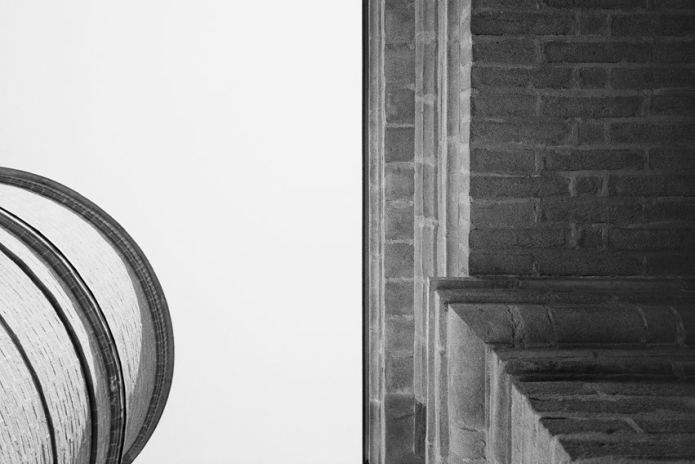
MANTOVA
©Luca Mantovani
©Luca Mantovani
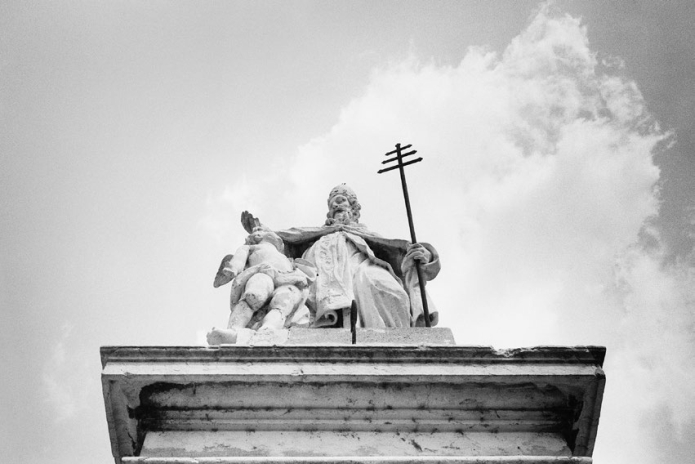
MANTOVA
©Luca Mantovani
©Luca Mantovani
